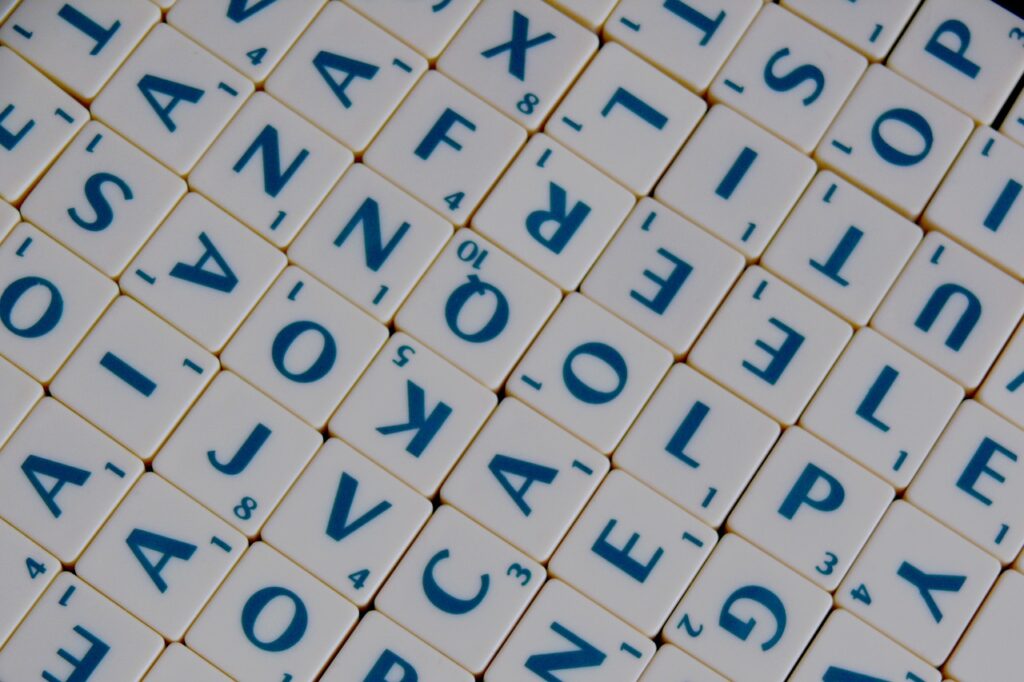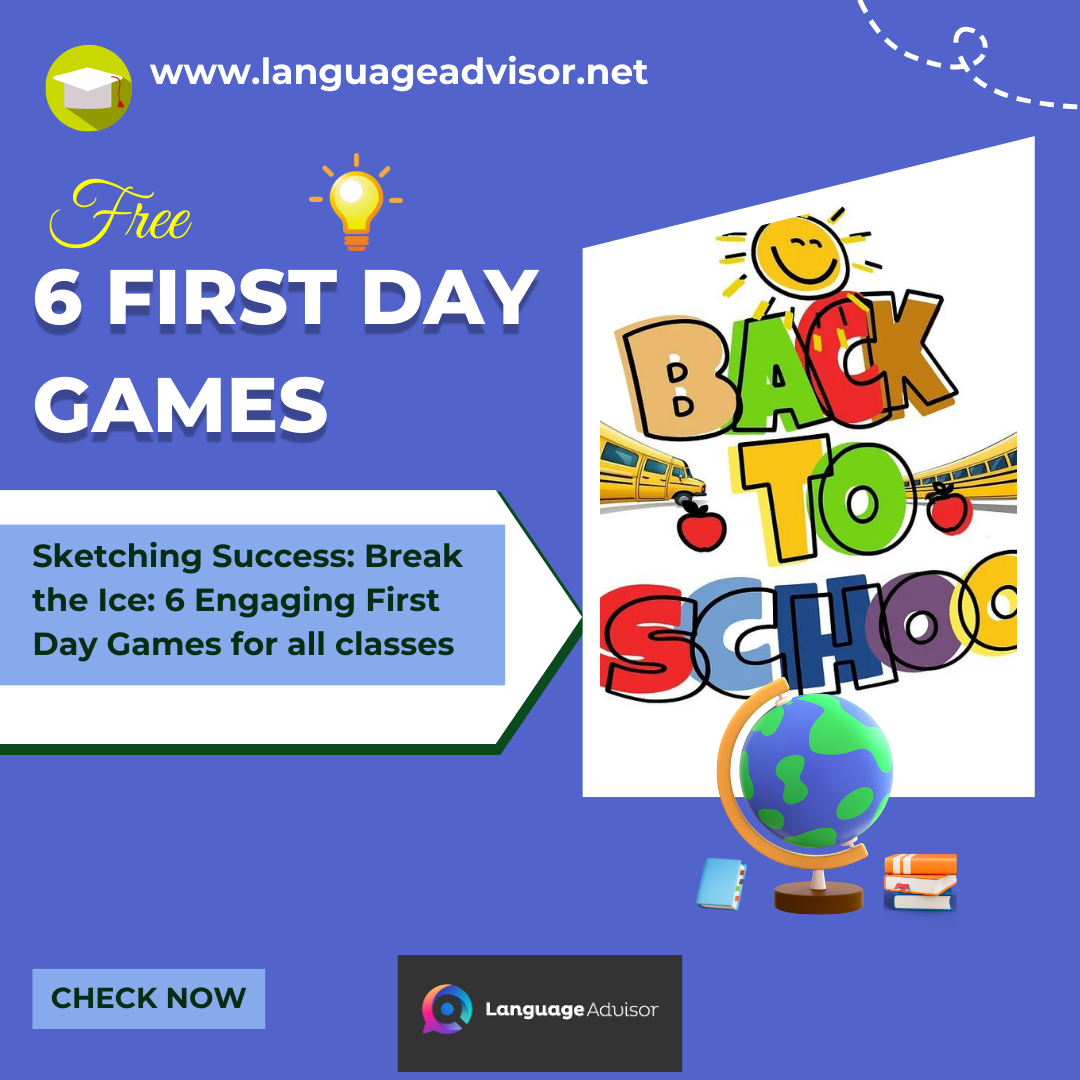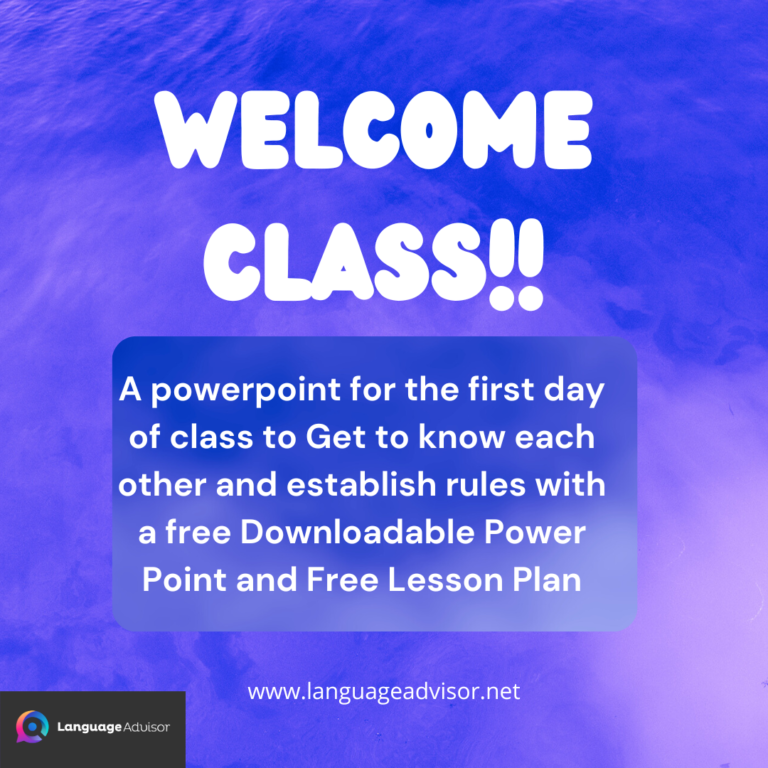6 First Day Games. Sketching Success: Break the Ice: 6 Engaging First Day Games for all classes
6 First Day Games

Welcome back to school! Are you ready to kick off the new term with a burst of energy and enthusiasm? In this blog post, we’ve curated six dynamic games specifically designed for the first day of class. These interactive activities are perfect for helping students get to know each other, building a positive classroom atmosphere, and setting the tone for a successful semester ahead.
Let’s dive in and make the first day memorable for both you and your students!
6 First Day Games

Secrets
This is a fun mystery game to play on the first day of class. This game motivates students to ask questions. The students also get to find out interesting things about their classmates.

- Age/Level: Elementary and above
- Time: 25 minutes
- Players: Individual
- Preparation: None
- Aim: To ask questions to determine who is telling the truth
Procedure
Hand out a slip of paper to each student.
Tell the students to write their name on the paper.
Then, ask the students to write down a secret about themselves.
The secret could be anything, such as a hidden talent, a skill, accomplishment, or a place they have visited. However, it should be something that is unknown to anyone in the class.
Collect the slips. Read them and choose one slip that has an interesting secret.
Then, ask three students to stand up and go out of the classroom. One of the three students must be the person who wrote the secret you have chosen.
Go out of the classroom with the students and explain to them that they must all claim to have the secret.
Bring the three students back and sit them down in front of the class.
Tell the class the secret. The class then has to question the three students to determine which two are lying and which one is telling the truth.
After about five minutes of questioning, the students vote on who is telling the truth and who is lying.
Award points to the students who guess correctly and then play another round.
6 First Day Games

Snowball Fight
Here is an inventive way for students to introduce each other on the first day of class. This game works best with children.

- Age/Level: Young learners
- Time: 25 minutes
- Players: Individual
- Preparation: Recycled paper
- Aim: For students to introduce other members of the class
Procedure
Give each student a piece of recycled paper.
Ask them to write their name and five things about themselves on the paper.
Then, split the class into two teams and have them stand facing each other at opposite sides of the classroom. Tell the students to crumple up their paper into a snowball. When you say go, the snowball fight commences. When you shout stop, anyone who is holding a snowball must go and find the person whose name is on the paper and introduce them to the class using the information written inside.
Students continue the snowball fight until everyone has been introduced to the class.
You could also use this activity to review a topic by writing a question on each piece of paper. Then, when you shout stop, anyone holding the snowball must answer the question written inside.

Teacher’s Question Time
Here’s a fun icebreaker for your new class! This activity serves as a lively and engaging introduction to both you and your students. It’s a fantastic opportunity for everyone to get to know each other better while also practicing their writing and communication skills.

- Age/Level: Any
- Time: 40 minutes
- Players: Individual
- Preparation: None
- Aim: To write and respond to questions about the teacher
Procedure
Before you start this activity, keep all details about yourself a mystery to the students.
- Begin by instructing the students to compose questions they’d like to ask you. These questions can cover any topic, whether it’s about you or the course.
- Depending on class size, have each student write either three or five questions.
- While the students are writing, list their names on the board.
- Once the students have finished crafting their questions, invite one student to come to the front of the class. Explain that this student will now assume the role of the teacher and attempt to answer another student’s questions.
- The student at the front then attempts to guess the answers to the questions posed by a classmate.
- It’s crucial not to reveal how the activity functions until all questions are written, as this may influence the types of questions students ask.
- As the student answers, keep track of the score. Each correct (or close enough) answer earns one point, while incorrect answers are marked with an X.
- Students take turns being the “teacher” and guessing the answers to their classmates’ questions until everyone has participated.
- At the end, students can ask you the unanswered questions, and you can provide the real answers.
6 First Day Games

The Name Game
This drawing game is ideal for introducing or revising vocabulary.This ESL introduction game is ideal for the first day of class and helps young learners get to know each other in a fun and imaginative way. This game is also great for teaching pronouns.

- Age/Level: Young learners
- Time: 10 to 15 minutes
- Players: 2 teams
- Preparation: Two balls
- Aim: For students to get to know one another’s names
Procedure
Arrange the students into two teams and sit each team in a circle.
Tell the teams that they are going to race each other to say everyone’s name in their team.
Give the first student in each team a ball. The first student begins by saying their name, e.g. “I’m Tom.”
The first student then passes the ball to the second student.
The second student repeats the first student’s name and then adds their own name, e.g. “He’s Tom, and I’m Kate.”
The second student passes the ball to the next student.
The next student continues, e.g. “He’s Tom. She’s Kate, and I’m Amiko.” This continues until all the names have been said.
If a student forgets the name of a teammate, the team starts over from the first student. The first team to finish wins a point.
You can carry on the game with other personal information, e.g. age, height, etc.

Trip to the Moon
Here is an effective game to help students remember their classmates’ names. This introduction game works best with young learners.
The aim of the game is for students to join a trip to the moon. Tell the students that you are a spaceship captain and you are going to travel to the moon. You want some students to join you, but each student must bring something for the trip.

- Age/Level: Young learners
- Time: 15 minutes
- Players: Individual
- Preparation: None
- Aim: To say an item that begins with the first letter of your name
Procedure
To begin the game you say, “I’m the captain of a spaceship. I’m going on a trip to the moon. Who wants to go with me and what are you going to bring?”
Then, write the following sentence on the board for the students to follow: My name is and I will bring a/an/some .
The students who are allowed to go are the ones who will bring something that begins with the first letter of their name. However, you don’t explain this to the students. It’s up to them to work it out!
The first student then stands up and says, “My name is and I will bring a/an/some.”
If the item doesn’t match the first letter of their name, you say, “I’m sorry, you can’t go.” Then, you move on to the next student.
If a student manages to work it out or accidentally says an item matching with the first letter of their name, you accept them on board and write their name on the board.
Eventually, most of the students will understand the game when they see that some of the students are allowed to go.
6 First Day Games

Who am I?
Play this fun ESL icebreaker on the first day of class. It’s a great game to get the students asking questions. It also helps to introduce the teacher to the students and helps identify who are the strong and weak students. This introduction game can be played by students of all ages. This game is useful as it gets your new students to open up and start asking questions from the very first day of class.

- Age/Level: Any
- Time: 20 minutes
- Players: 2 teams
- Preparation: None
- Aim: To ask questions about the teacher
Procedure
Before you start the game, cover the board with information about yourself. Next to each piece of information write a number. The type and amount of information you write will depend on the level of your class.
- Divide the students into two teams (A and B).
- Tell the class that on the board is information about you. Explain that the objective of the game is for teams to choose a number and ask a question that they think matches the answer on the board.
- Teams then take it in turns to choose a number and ask a question.
- Teams score one point for asking the correct question and one point for using the correct grammar. The winning team is the one with the highest number of points at the end.
- Explain that for some answers many questions may be possible, but only one question is correct.
For example: Teacher: What number would you like Team A? Team A: Number 2 please. What is your favourite colour? Teacher: Sorry, that’s the wrong question. My favourite colour is green. What number would you like Team B? Team B: Number 2 again. What colour are your eyes? Teacher: Correct. Well done. Two points for Team B. That’s the correct question and the grammar is correct. (The teacher crosses off number 2 from the board) What number would you like Team A? Team A: Number 8 please. How long have you been teaching English? Etc.

6 First Day Games. Here are other First Day Games











